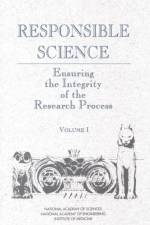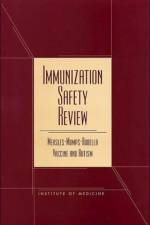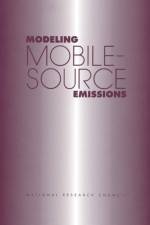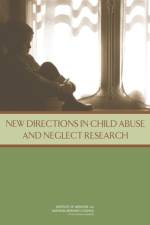av Institute of Medicine, National Research Council, Youth, m.fl.
699,-
Each year, child protective services receive reports of child abuse and neglect involving six million children, and many more go unreported. The long-term human and fiscal consequences of child abuse and neglect are not relegated to the victims themselves -- they also impact their families, future relationships, and society. In 1993, the National Research Council (NRC) issued the report, Under-standing Child Abuse and Neglect, which provided an overview of the research on child abuse and neglect. New Directions in Child Abuse and Neglect Research updates the 1993 report and provides new recommendations to respond to this public health challenge. According to this report, while there has been great progress in child abuse and neglect research, a coordinated, national research infrastructure with high-level federal support needs to be established and implemented immediately.New Directions in Child Abuse and Neglect Research recommends an actionable framework to guide and support future child abuse and neglect research. This report calls for a comprehensive, multidisciplinary approach to child abuse and neglect research that examines factors related to both children and adults across physical, mental, and behavioral health domains--including those in child welfare, economic support, criminal justice, education, and health care systems--and assesses the needs of a variety of subpopulations. It should also clarify the causal pathways related to child abuse and neglect and, more importantly, assess efforts to interrupt these pathways. New Directions in Child Abuse and Neglect Research identifies four areas to look to in developing a coordinated research enterprise: a national strategic plan, a national surveillance system, a new generation of researchers, and changes in the federal and state programmatic and policy response.






